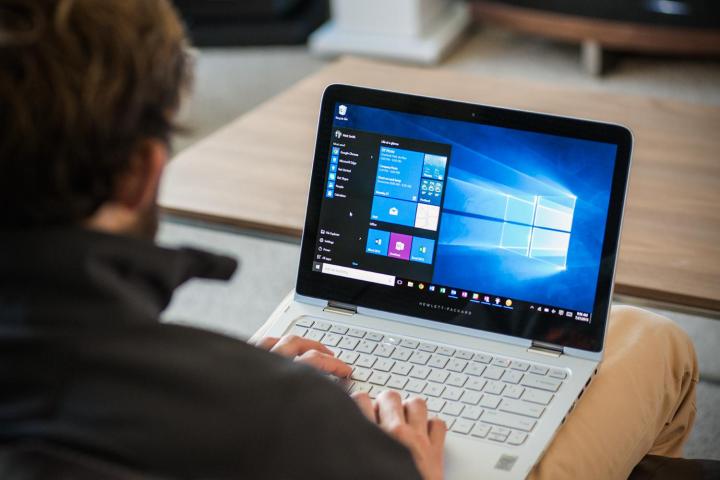
Microsoft will release its Windows 10 Fall Update — previously referred to internally as the Threshold 2 update — next month, according to a report from Thurrott. The release has been given version number 1511 referring to the month and year of its release, which will apparently be the naming convention for future updates also.
Users will receive this release as normal, via Windows Update. Along with a host of bug fixes and other minor tweaks, it’s also set to add some new functionality into Windows 10. Microsoft’s new Edge browser is set to see some changes, too, although apparently not the often-requested addition of extensions.
An improved Media Creation Tool is set to be released via the update, and Cortana is set to gain some new abilities, including SMS text messaging to mobile phones directly from your PC. Meanwhile, a messaging app will introduce some features familiar to Skype users, according to reporting from Hexus.
Additionally, extra customization options for the Start Menu are on their way, as well as some other UI improvements. We should see some icons swapped out for new versions, as well as changes to context menus and the option to recolor the title bars on Explorer windows.
If you’re currently running Windows 10, this update will be pushed to your computer as soon as Microsoft makes it available. Users that haven’t yet taken the plunge will be able to move directly from previous versions of the OS to the Fall Update once it has been made available.
Editors' Recommendations
- Windows 11 might nag you about AI requirements soon
- You’re going to hate the latest change to Windows 11
- The most common Windows 11 problems and how to fix them
- Microsoft finds a sneaky way to slip more ads into Windows
- Microsoft announces a new threat to push people to Windows 11


